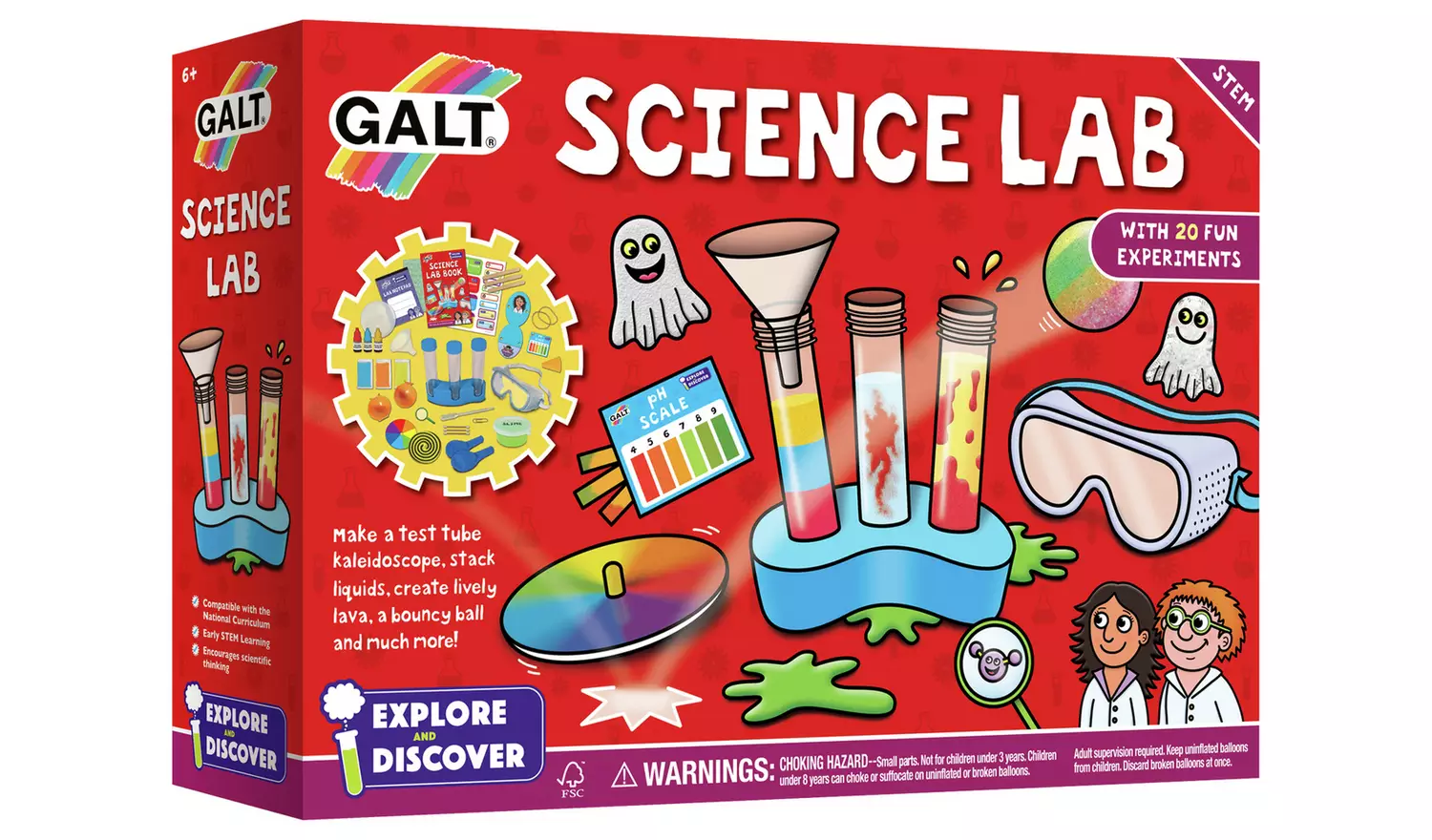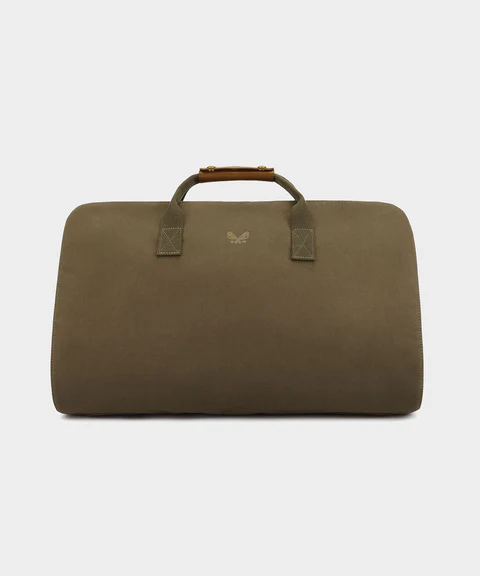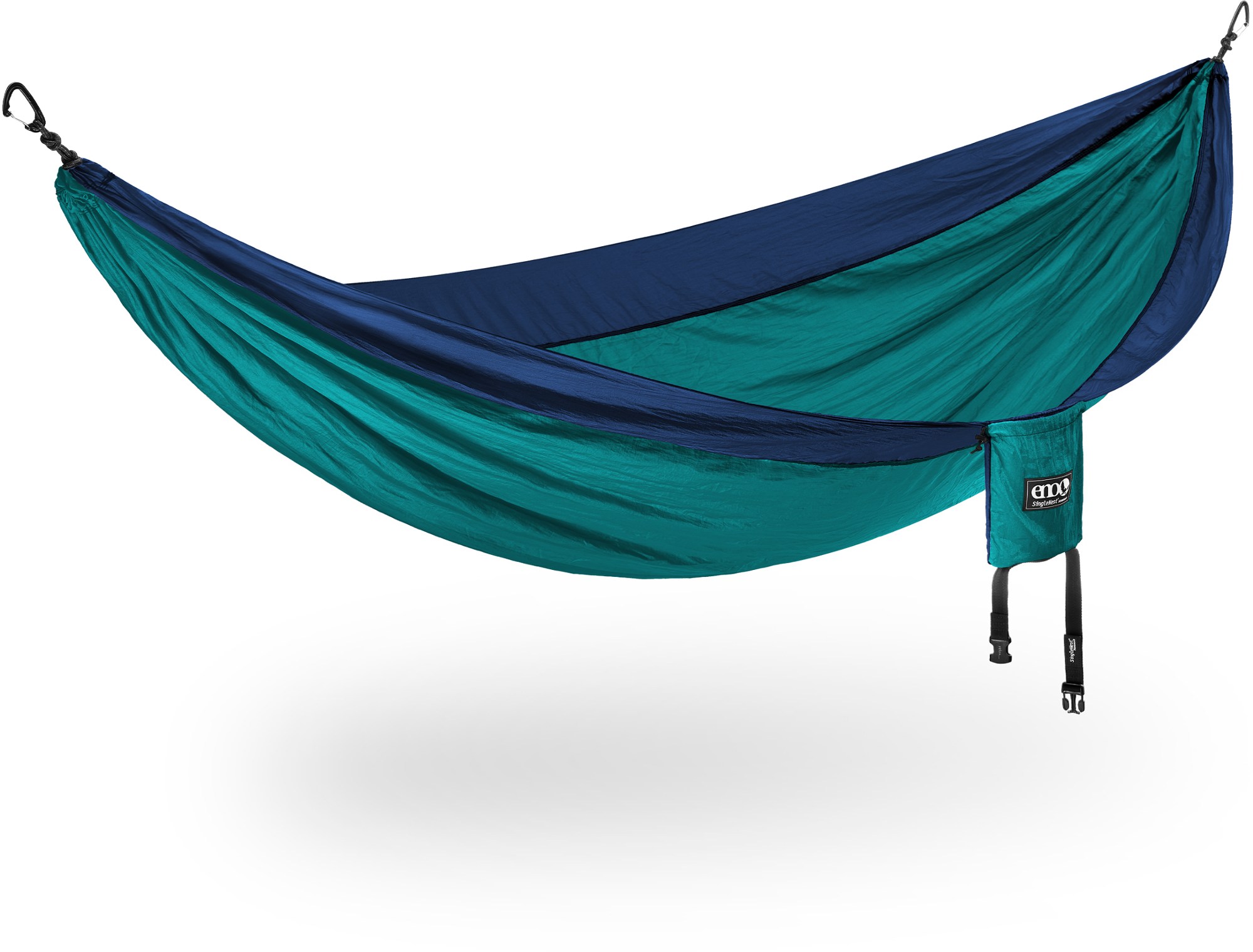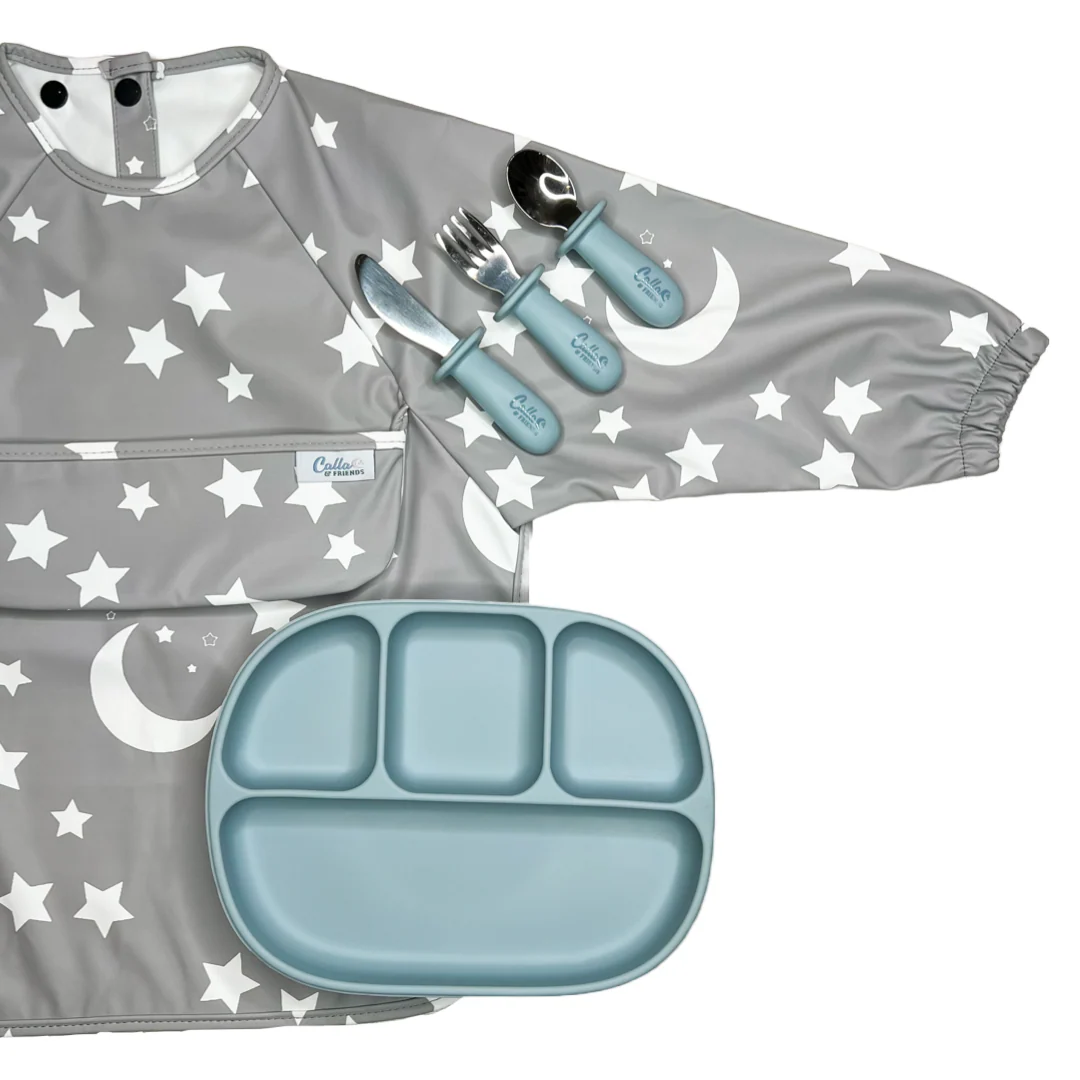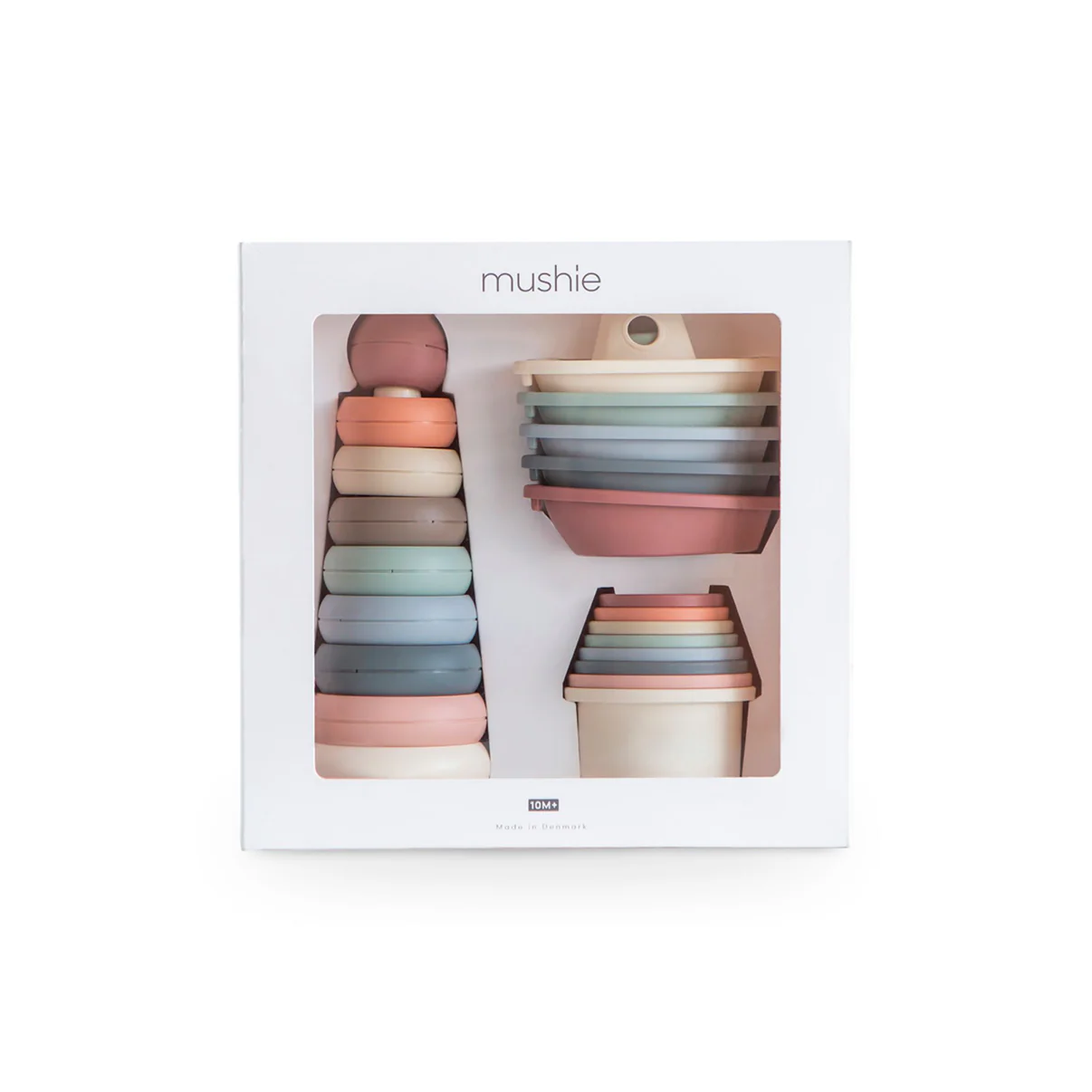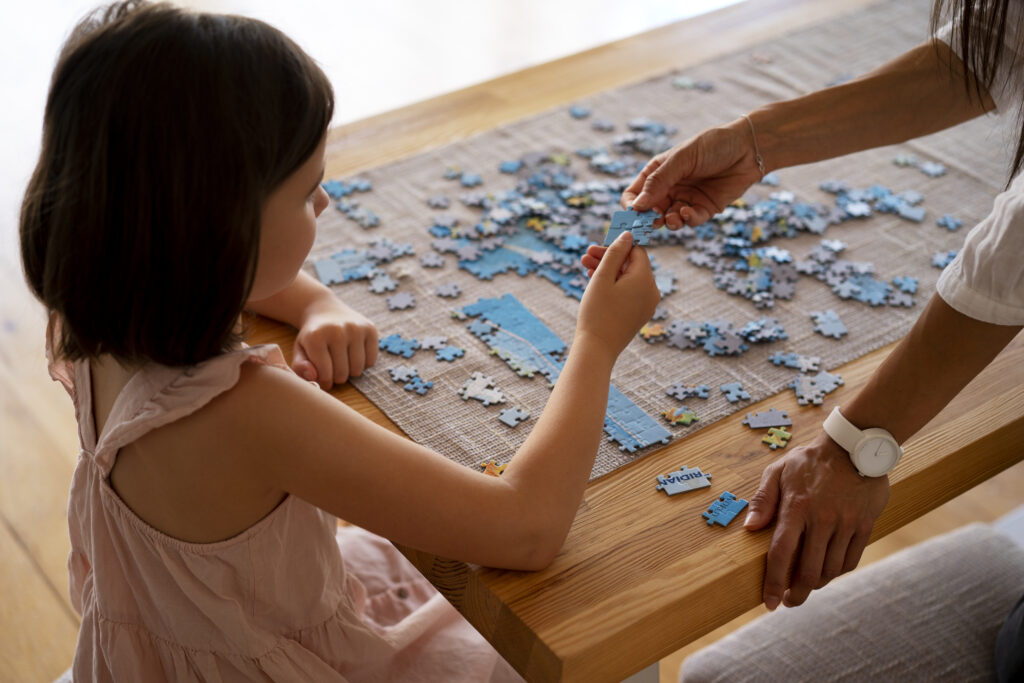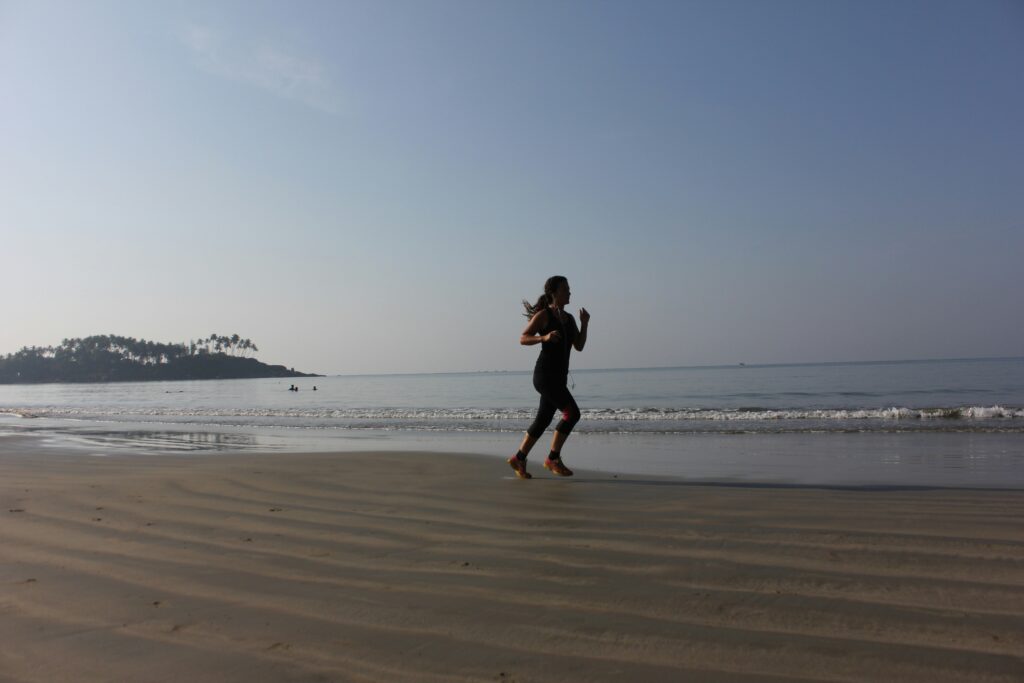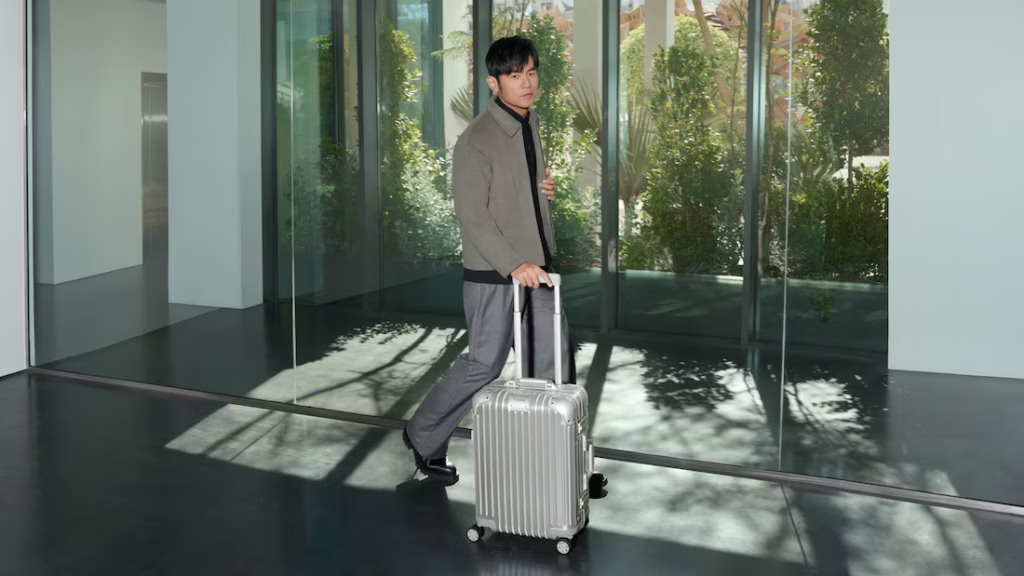The best kids’ science isn’t a test—it’s a storyline. When you open the Galt Science Lab, you’re not just unpacking tools; you’re setting the stage for “what if?” moments that turn busy afternoons into breakthroughs. Instead of chasing perfect results, this kit invites you to celebrate the process: scooping, pouring, mixing, noticing, and then asking the most important follow-up—“what happens if we change one thing?”
In this article we’ll show you how to turn the Galt Science Lab into a reliable play ritual: simple set-ups that take minutes, experiment frameworks you can repeat with pantry items, dialogue prompts that build real scientific thinking, and storage/safety habits that make it easy to bring the kit out again tomorrow. No specs, no prices—just the confidence to start.
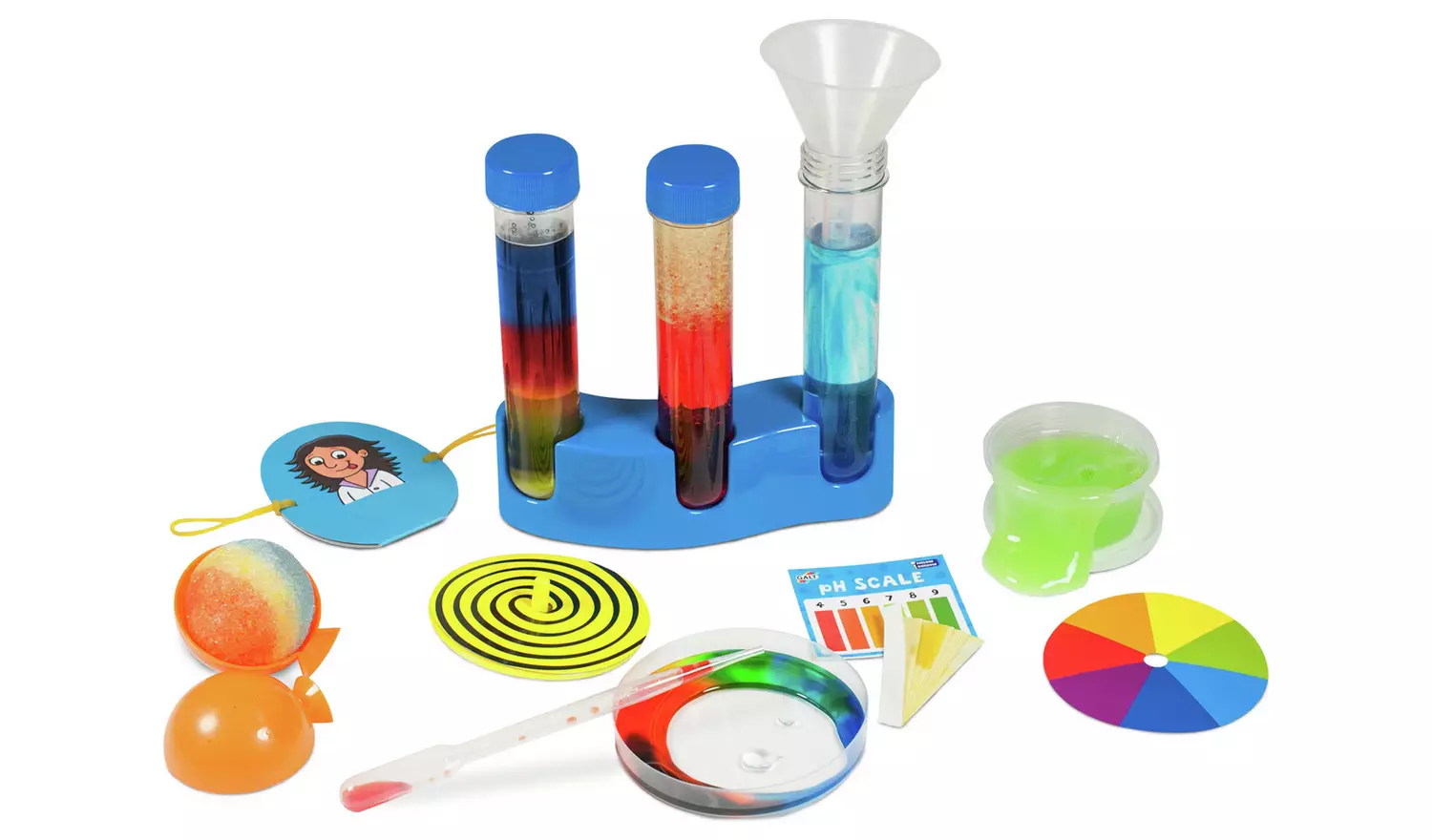
Why the Galt Science Lab Wins with Real Families
- Low-friction set-up: Clear, compact components mean the lab can live in a tote and hit the table in under five minutes.
- Process over perfection: Activities lean into observation and comparison, not “right answers,” so kids feel successful even when outcomes vary.
- Replay value: Tweak one variable (color, temperature, order, amount) and yesterday’s experiment becomes new again.
- Confidence loop: Kids see immediate cause-and-effect, which fuels curiosity, language, and fine-motor skill growth.
Pro tip: Name the space. “Welcome to the Galt Science Lab!” A mini announcement flips the brain into discovery mode.
The Five-Step Table Ritual (Your Reusable Play Framework)
- Launch the story (2 min). A question beats an instruction: “What do you think will happen if we mix warm with cold?”
- Set the stage (3 min). Tray, towel, two cups of water, a spoon. Add the selected Galt Science Lab tools.
- Make a guess (1 min). Kid prediction—even a wild one—earns a cheer.
- Test & notice (8–12 min). “What do you see? Hear? Smell?” Narrate without leading.
- Change one thing (5 min). Repeat with a single variable swapped. Compare.
Experiment Scripts You’ll Actually Use (And Reuse)
Keep these as flexible “recipes”—they work across ages with tiny tweaks.
1) Color Travelers
Let a drop of food coloring “walk” through water via paper towel bridges. Ask: “Which color moves fastest?” Swap towel thickness, cup distance, or water temperature for round two. The Galt Science Lab vessels help keep the path neat and visible.
2) Sink, Float, or Surprise
Collect small household objects. Predict, test in water, then try again in salt water or bubble solution. “Why did the heavy key sink but the big orange float?” With the Galt Science Lab measuring tools, kids love “official” scoops of salt.
3) Slow Volcano, Calm Volcano
Create fizzing reactions in small containers, then change one variable: order of ingredients, temperature, or container shape. Focus on sound and bubble size. The Galt Science Lab droppers give just-right control for dramatic “one more drop!” moments.
4) Weather in a Jar
Layer oil and colored water; add a few “raindrop” squeezes. Watch beads fall, sit, and rise. Compare with warm vs. cool jar. Use the Galt Science Lab pipettes to “seed the clouds” precisely.
5) Secret Messages
Paint with lemon juice; dry; reveal with gentle warmth (adult handled). Extend: test other juices. Which makes the clearest reveal? Let the Galt Science Lab tools play mail carrier for coded notes between siblings.
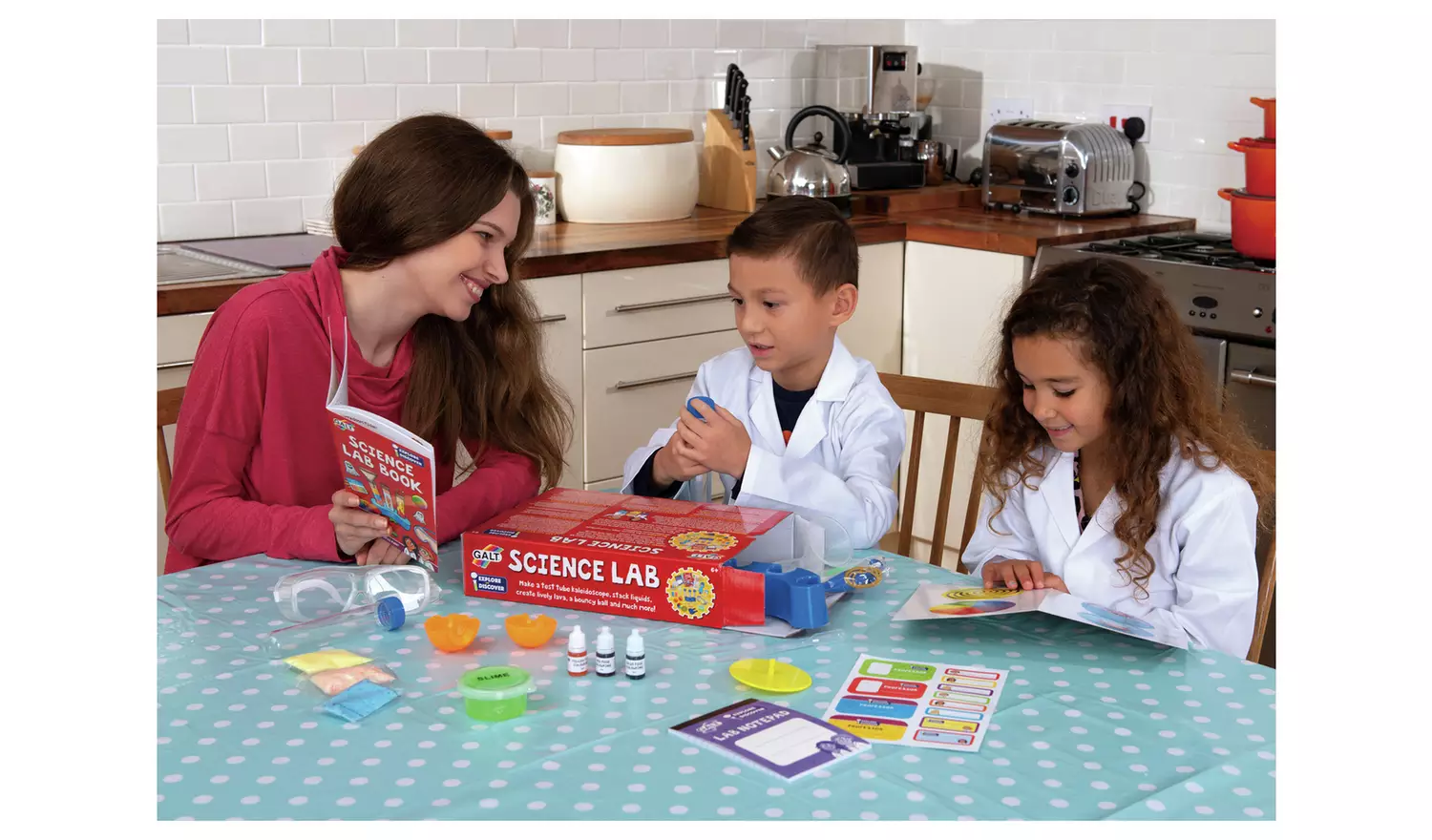
Talking Like a Scientist (Without Sounding Like a Textbook)
Swap praise like “Good job!” for process language that grows brains:
- “You noticed ___.” (observation)
- “You changed ___ and then ___ happened.” (cause & effect)
- “Your idea was to try ___ next.” (planning)
- “Let’s record that with a doodle.” (data capture)
Invite comparisons: “Which fizz was louder? Which trail was longer?” The Galt Science Lab turns these into rituals kids expect—and ask for.
Age-by-Age Tweaks (Use the Same Kit Longer)
- Ages 4–5: Big-motion pouring, color mixing, sink/float, sound words (“pop, hiss, fizz”).
- Ages 6–7: Simple sequences (first/then), tally marks, “change one thing” experiments.
- Ages 8+: Fair-test thinking (same amount, same time), graphing simple results, invented units (“two spoonfuls = one kid-unit”).
Across ages, the Galt Science Lab stays the constant; your prompts grow up with your child.
Set-Up Zones That Keep Mess Low and Focus High
- Kitchen Counter Lab: Tray + towel + a shallow baking sheet as a splash guard. Galt Science Lab pieces live in a caddy.
- Tabletop Station: Tablecloth you don’t mind splashing, water jug for quick refills, “parking space” tape outline for tools.
- Outdoor Pop-Up: Old picnic blanket + bucket of rinse water. Bigger movements, bigger grins.
Reset ritual: Kid wipes table, adult rinses tools, both restock the tote. Five minutes secures tomorrow’s science.
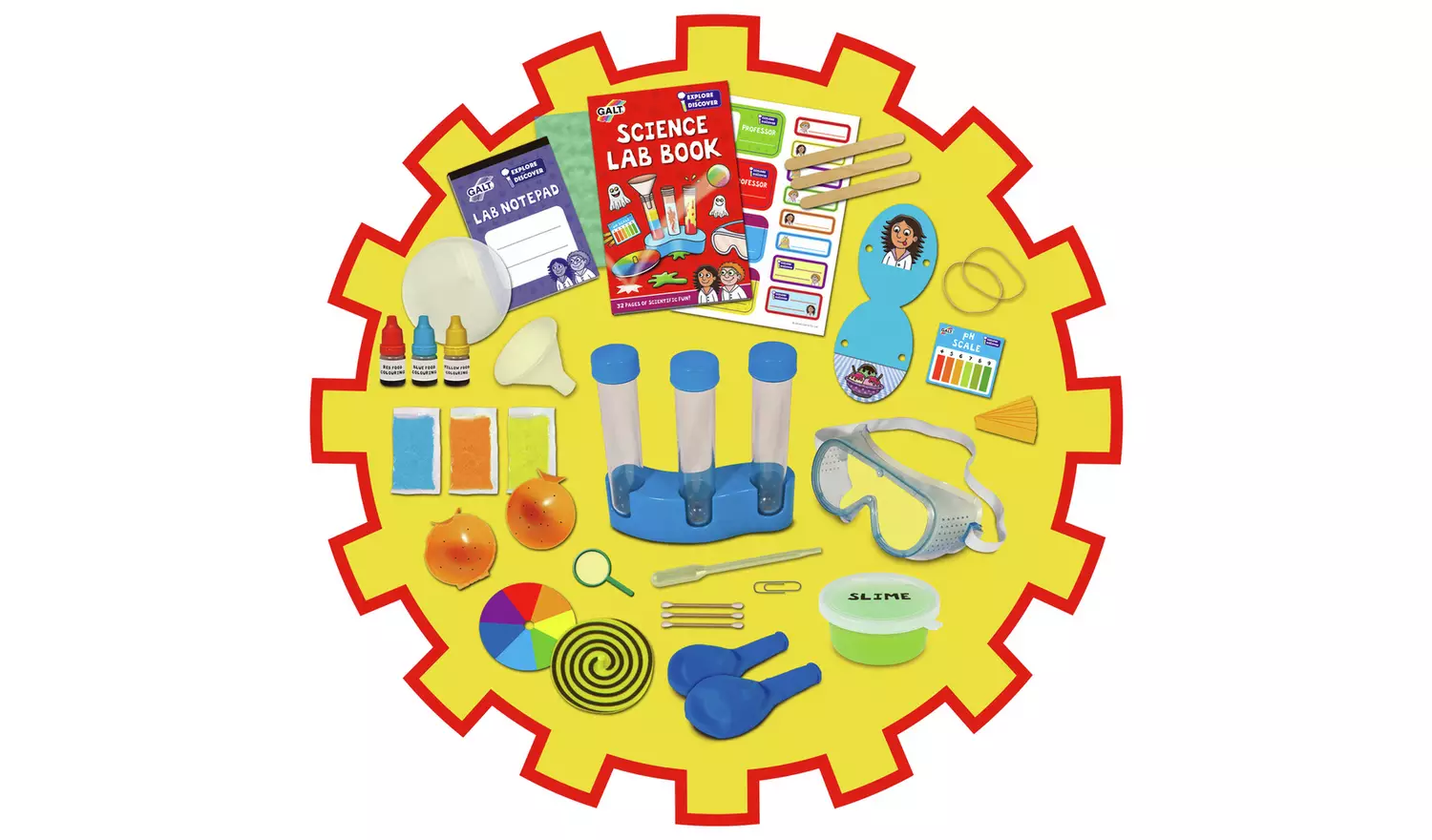
Learning That Sneaks In (STEM, but Friendly)
- Scientific thinking: predict → test → compare → iterate.
- Math sense: amounts, sequences, time, and informal measurement.
- Language: descriptive words, turn-taking talk, recording with sketches.
- Fine motor: squeezing droppers, steady pouring, careful scoops.
When the kit is visible and easy to start, kids ask for it. That’s the secret power of the Galt Science Lab—curiosity on tap.
Safety & Calm-Control
- Keep long hair tied back, sleeves rolled, and eyes on hands (adult supervision for all heat steps).
- Label one towel “science towel.” It signals boundaries and catches spills.
- Use edible or non-irritating pantry items when possible; store everything back in the Galt Science Lab tote between sessions.
- “Pause pose”: palms on table, count to five together before the “big pour.” Slows excited hands just enough.
Storage that Invites Play (Not Clutter)
- One home: a clear bin or handled tote labeled “Galt Science Lab.”
- Inside the bin: small zipper pouches for droppers, cups, and paper goods; a mini notebook and crayon tied with string for “lab notes.”
- On display: park the tote somewhere kids can see. Visibility = frequency.
Party, Playdate, Classroom
- Party station: Two repeating experiments (color travelers + fizz jars) in parallel lines. Kids rotate, results vary, smiles multiply.
- Playdate pact: One rule—everyone gets a turn to change one thing.
- Classroom extension: The Galt Science Lab splits into small-group stations with a shared “results wall” of sticky notes and doodles.
When Things Don’t Go “Right” (They Still Do)
A fizz that flops or colors that creep slowly are gifts. Ask: “What could we change to wake it up?” Ice vs. warm water? More or less? Different order? The Galt Science Lab exists for exactly this moment—resilient thinking wrapped in play.
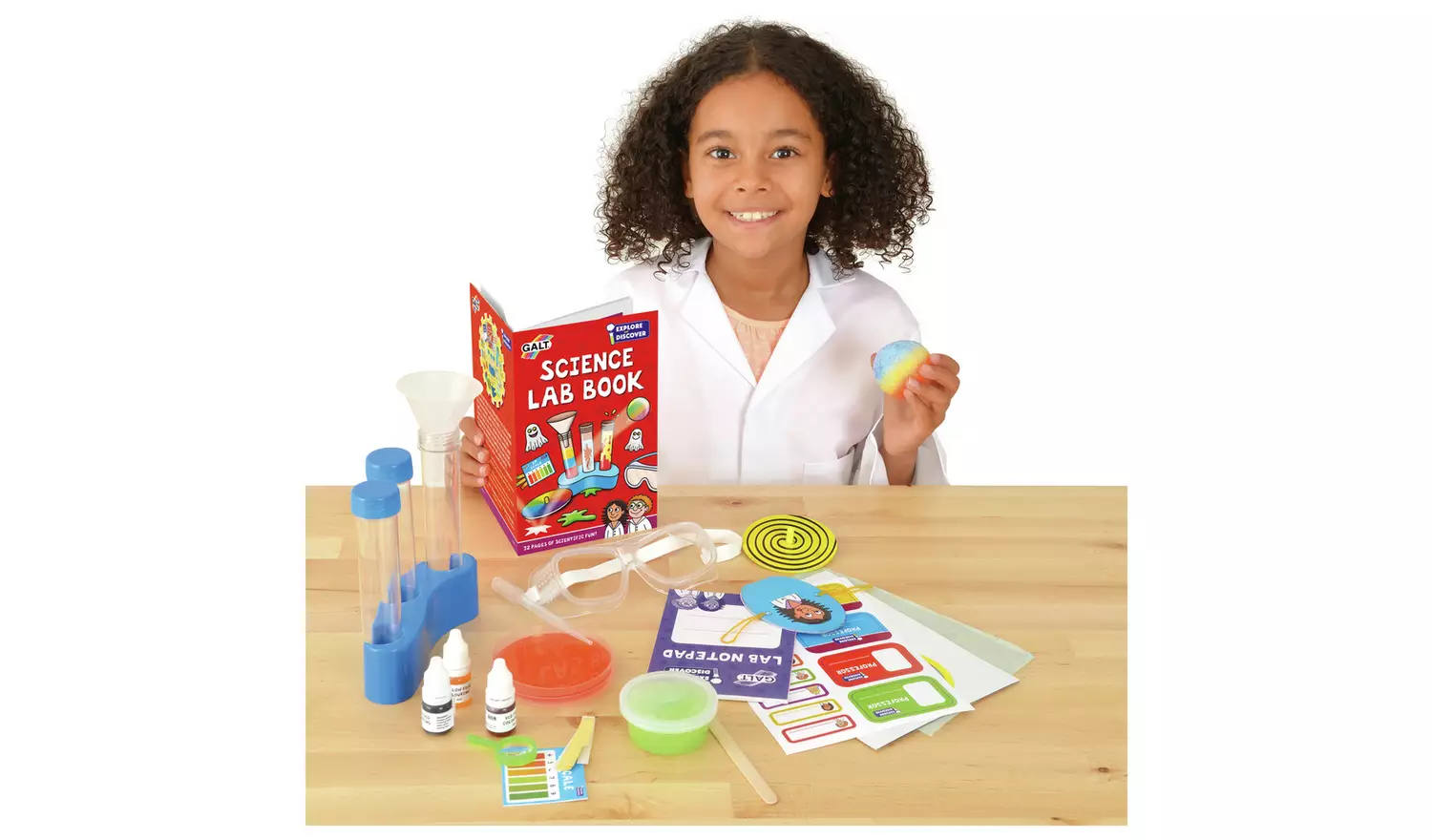
Gifting the Galt Science Lab (Make It Memorable)
Pair the kit with a child-sized apron and a handwritten “Lab License” card. Add three recipe cards: Color Travelers, Slow Volcano, Weather in a Jar. The gift becomes a ready-to-run afternoon, not homework for parents.
Conclusion
Science confidence grows in teaspoons, not textbooks. With the Galt Science Lab, you give kids a stage where questions matter more than answers and small observations feel like big wins. Keep set-ups simple, change one thing at a time, talk like discoverers, and celebrate the messy middle. The kit’s real magic isn’t a single wow moment; it’s a repeatable ritual that turns ordinary days into curious ones.
FAQ
- What age is the Galt Science Lab best for?
It flexes widely. With supervision, ages 4–8+ get tons of value—prompts grow with the child. - How messy is this, really?
Manageable. Use a tray and “science towel,” choose a splash-friendly spot, and reset right after. Five minutes, done. - Do I need special ingredients?
Most activities use pantry items (water, salt, oil, food coloring). The Galt Science Lab supplies the kid-friendly tools. - How do I keep kids engaged beyond the first try?
Change one variable—order, temperature, amount, or container. Invite predictions before each change. - Is it okay if experiments ‘fail’?
100%. Ask what changed, what they noticed, and what they want to try next. Failure is a feature here. - What skills are we really building?
Observation, language, fine motor control, early math sense, and resilient problem-solving—wrapped in play. - How long should a session last?
Aim for 15–25 minutes. Quit while interest is high so kids are eager for next time. - Any quick clean-up hacks?
Warm water ready in a jug, a colander for collecting small pieces, and a tote that stores everything together. - Can siblings share the Galt Science Lab peacefully?
Yes—assign “roles” that rotate: Pourer, Dropper, Noticer, Recorder. Everyone participates. - What’s a good first activity for nervous beginners?
Color Travelers. It’s calm, visual, and forgiving—instant wins that invite more “what ifs.”

